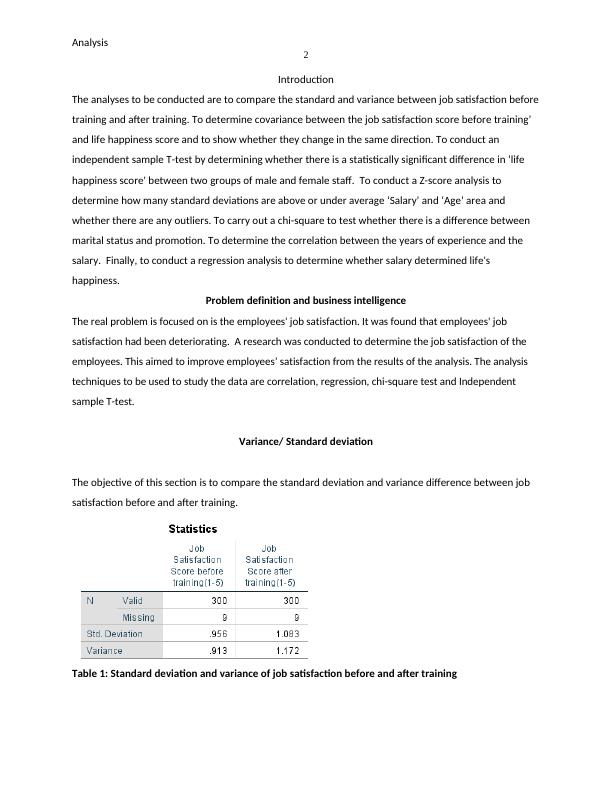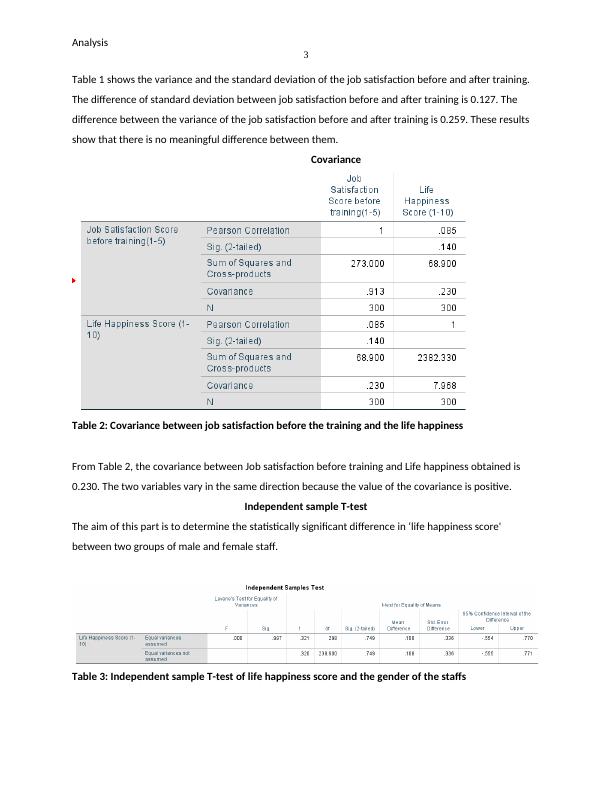Analysis: Comparing Job Satisfaction, Covariance, and Gender Differences for Improved Employee Happiness
Added on 2023-04-25
8 Pages1391 Words463 Views
End of preview
Want to access all the pages? Upload your documents or become a member.
Statistical Analysis of Employee Satisfaction Levels
|9
|1607
|207
Statistic Assignment Solved
|4
|437
|77
ECON1095 Quantitative Methods In Finance
|13
|925
|171
Business Statistics Research 2022
|11
|2016
|26
COMPUTER ASSIGNMENT.
|5
|491
|20
Effect of Employee Job Satisfaction on Organization Performance in Hotel Industry
|5
|771
|237



